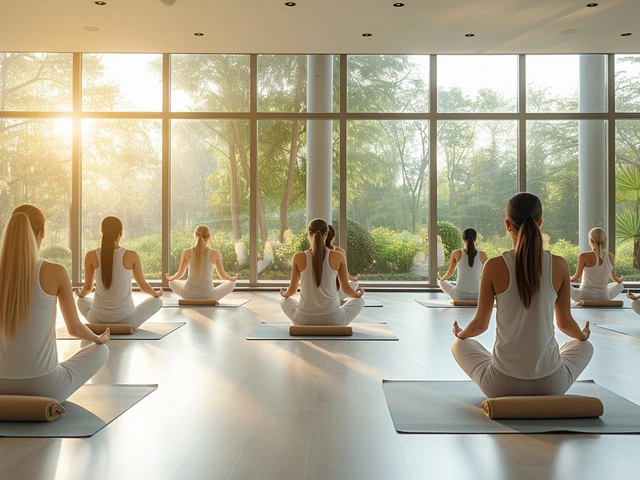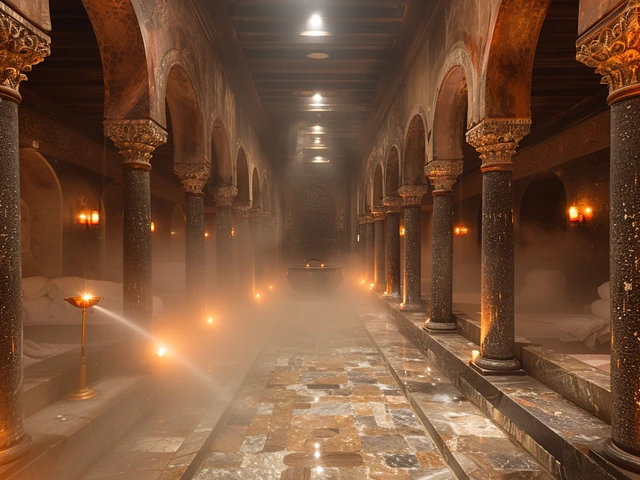Cultural Artifacts: Traditional Massage & Healing Practices
Many popular spa treatments started as cultural practices passed down for generations. This tag collects real traditions—Hilot, Lomi Lomi, hammam, Amma, Feldenkrais and more—and shows what they actually do, how they feel, and how to try them without causing harm.
Want simple, useful info? You’ll find clear descriptions of each practice, honest tips for first-timers, and guidance on safety and respect. Each article here breaks one tradition down into what it treats, how a session goes, and what outcomes people report. No hype—just practical helps so you know whether a treatment fits your goals.
How to experience traditional healing respectfully
Ask about the practitioner’s background. If they learned from family or a cultural school, that matters. Don’t expect a tourist version to be the full tradition—many places adapt techniques for quick spa sessions. If you want the real thing, ask where the practitioner trained and whether they follow cultural rituals or prayers tied to the method. Respect modesty rules: some rituals use specific clothing or body coverings; follow them.
Don’t take photos or recordings without permission, and don’t buy or copy sacred tools without asking. If a session uses oils, herbs, or products linked to a community, consider buying them from that community so benefits go back to the source. Tip fairly and say thanks—simple gratitude matters in most healing traditions.
Quick guide: What to ask before booking
• What is the session’s origin and who taught you? A clear answer shows authenticity.
• What should I tell you about my health? Mention surgeries, pregnancy, blood pressure, or skin issues.
• How long is the session and what will happen step by step? Knowing the flow reduces anxiety.
• Are there cultural or spiritual parts I should know about? That helps you decide if you’re comfortable.
• What aftercare do you recommend? Many traditions suggest rest, hydration, or specific foods.
Practical snapshots: Hilot uses deep presses and herbal warms—great for tension and digestion. Lomi Lomi blends long flowing strokes with breath and sometimes prayer—it’s more than muscle work and can feel emotional. Hammam centers on steam, cleansing and exfoliation—expect vigorous scrubs and a social vibe in traditional settings. Amma and Amma therapy focus on acupressure-style points for quick relief. Feldenkrais and Hellerwork aren’t massages in the classic sense; they use slow movements and guided touch to retrain posture and movement.
If you’re exploring for health, match the method to your need: pain and posture problems often respond to body-integration work like Rolfing or Hellerwork; stress and sleep issues may benefit from soothing rituals like warm stone massage or Lomi Lomi; chronic pain sometimes improves with gentle approaches like Ortho-Bionomy or Feldenkrais. Read the full posts in this tag for details on each method, honest pros and cons, and real user tips.
Want something specific? Use the tag filters to find posts about origin, technique, or safety. Try one new practice with an open mind, respect the culture behind it, and judge the results by how you feel afterward—not by trends or glossy photos.

The Impact of Rungu in African Culture
Hi there! In this post, we will delve into the fascinating subject of the Rungu and its significant impact on African culture. From its function as a traditional weapon to its symbolic status within societal structures, the Rungu holds immense historical and cultural value. We'll discuss its influences on various African tribes and its multifaceted roles within these communities. So come along with me, let's explore the layers of history and tradition woven around this intriguing part of African culture.
Categories
- Health and Wellness (148)
- Alternative Therapies (86)
- Massage Therapy (40)
- Travel and Culture (15)
- Beauty and Skincare (9)
- Holistic Health (8)
- Health and Fitness (5)
- Spirituality (5)
- Other (2)
- Personal Development (2)
Popular Articles



